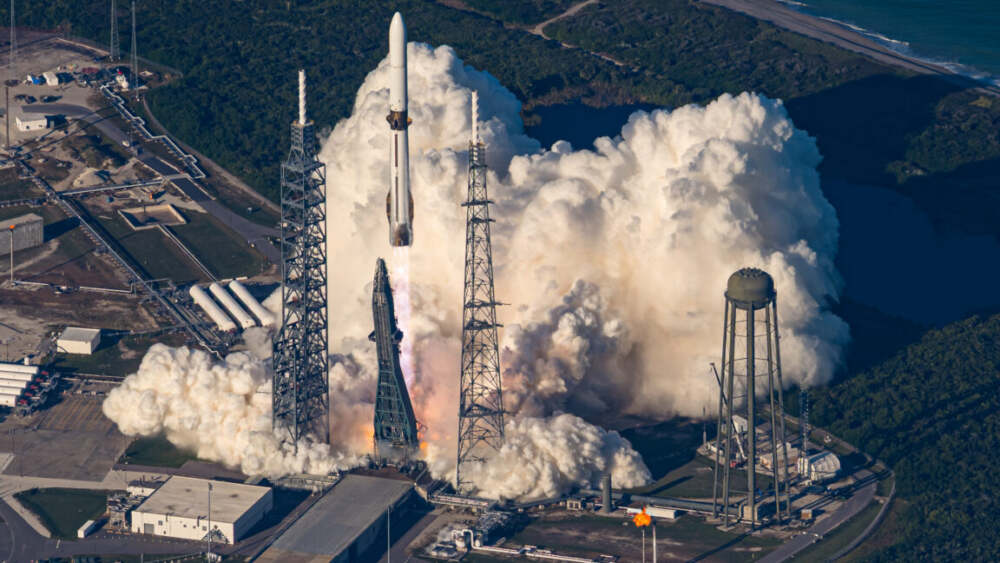Blue Origin achieved a significant breakthrough in its space‑launch efforts by successfully launching its heavy‑lift rocket and recovering the first‑stage booster on an ocean barge. The mission marks a pivotal moment in the company’s quest to become a major player in large‑scale orbital launches.
Mission Overview
The rocket lifted off from Cape Canaveral and carried a pair of twin spacecraft bound for Mars, alongside a secondary commercial payload. This flight represented the rocket’s second operational launch and its first full mission carrying science and commercial hardware. Shortly after liftoff, the rocket’s first stage separated and executed a controlled descent back to Earth, ultimately landing upright on a floating platform hundreds of miles offshore—a landmark achievement for the company’s reusability ambitions.
Why This Matters
- Reusable Hardware: Landing the booster signals a step forward in making launches more cost‑effective and sustainable. Reusability has been a disruptive force in the industry and remains central to future economics of space access.
- Heavy‑Lift Capability: The vehicle’s ability to carry large payloads opens up opportunities for deep‑space missions, telecommunications, and government launches previously dominated by other providers.
- Competitive Landscape: The success tightens the competition in the orbital launch market, especially as commercial and civil space demand grows. Blue Origin is positioning itself to challenge incumbents with fresh capabilities.
- Mars and Beyond: With the twin spacecraft now on their journey, the mission not only achieves an engineering feat but also advances scientific exploration of Mars, contributing to our understanding of planetary environments and atmospheric evolution.
Looking Ahead
While the mission marks a milestone, the company still faces key tests ahead. They must demonstrate consistent booster reuse, rapid turnaround between flights, and integration of new technologies for lunar missions and beyond. There will also be scrutiny on how smoothly the heavy‑lift rocket can be certified for government and national‑security payloads, which tend to have rigorous reliability standards.
Bottom Line
Blue Origin’s recent launch and ocean‑barge landing underline that the company is entering a new phase of spaceflight, transitioning from suborbital and demonstration flights into full‑fledged orbital service. If the momentum continues, this milestone could be a turning point—both for Blue Origin and for how the industry approaches large‑scale access to space.
















Leave a Reply